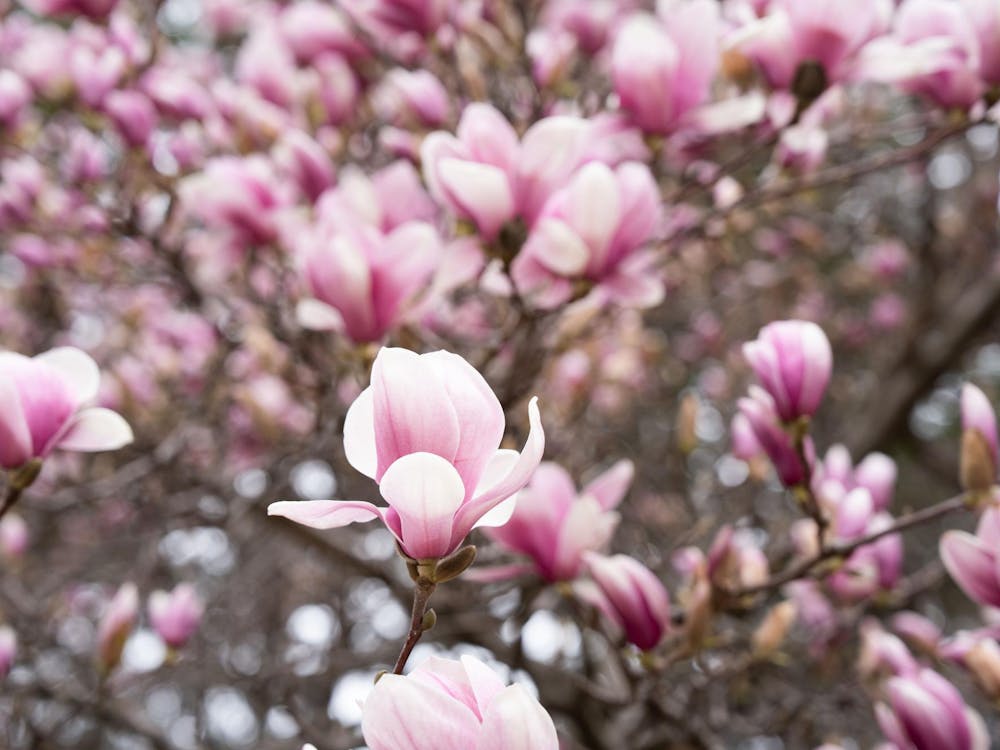The University concluded an aerial photography program to take pictures and videos of the campus for admissions purposes last week, University spokesperson Martin Mbugua said. The images, captured by a drone, will be used for various University publications, including the Viewbook and admissions brochures.
The Princeton police issued a press release on April 19 announcing that the admission office would be deploying an aerial drone to take photos and videos of the campus and surrounding town. In light of the recent Boston Marathon bombings, Sergeant Michael Cifelli told The Daily Princetonian that his department released the information to ensure citizens that the drone would pose no danger or threat to the community.
The aerial drone was operated by a freelance photographer who was not affiliated with the University, Mbugua said. The specific model, designed by DJI flight controllers, was made for aerial photography, search and rescue team and surveillance, according to DJI’s website. Mbugua said the device, which has a maximum hover time of 16 minutes, was only used during daylight hours.
According to local attorney and privacy advocate Grayson Barber, current regulations outlined by the Federal Aviation Administration permit domestic use of unmanned aircraft systems less than 400 feet above ground level as long as the drones are operated during daylight hours and remain in clear sight. The FAA is the only organization in the country that currently has jurisdiction over drones, Barber said.
The FAA announced in February that it would be developing privacy policies to cover the use of unmanned aerial vehicles, or aerial drones, over the next year. According to Barber, privacy concerns have become increasingly important as aerial drone technology becomes more widespread.
While the FAA permits the use of non-weaponized drones for domestic purposes, Barber stressed the importance of transparency and accountability to ensure that privacy laws are not breached by aerial drone use.
“The technology itself is pretty neutral,” Barber said. “But the University needs to establish what the purpose is — say, you know, 'This is what we’re using the drones for' — and to establish guidelines for using them.” Barber added that a set of rules should be in place for how the University would respond if the drones were used for anything other than their intended purpose.
“If somebody feels that their privacy has been invaded because of drones, what would the punishment be?” she asked.
Center of Information Technology Policy Director Edward Felten said that while the use of drones for aerial photography did not pose any direct threat to the community, he said he would be concerned if the drones were used for an extended period of time.
“There’s been a history of problems with security cameras becoming visible to people over the Internet,” Felten said. “That’s a risk you take when you set up video surveillance.”
Mbugua explained that the University used the drones for solely benign purposes and that the aerial photography was well within the guidelines of the FAA. The admission office did not use the drones for surveillance or monitoring purposes.
“Something important to note here is that the use of the word 'drone' conjures up images of something else. It’s very similar to a remote-operated toy helicopter,” Mbugua said. “This is not the type of drone that people have in mind when they think of wars abroad.”

The University does not have plans to use the drone again in the near future, according to Mbugua.
Correction: Due to a reporting error, an earlier version of this article misstated the publication in which the images taken by the drone will be published. They will be published in the Viewbook, which is produced by the Admission office. The 'Prince' regrets the error.







